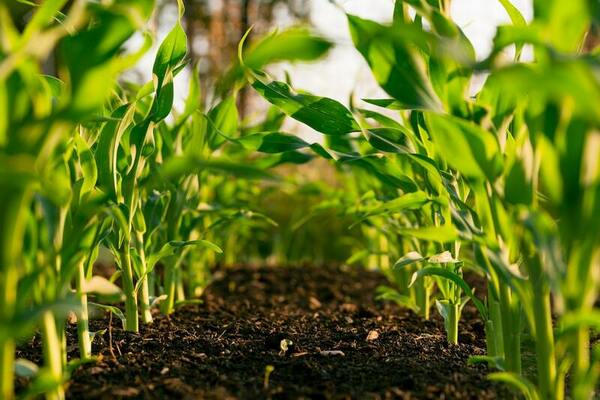Impact of salinity and phosphorus on growth of Phaseolus Vulgaris inoculated with Arbuscular Mycorrhizal Fungi
(1) The Hotchkiss School, Lakeville, Connecticut
https://doi.org/10.59720/21-157
As the supply of rock phosphate decreases, it is essential that the agriculture industry reduces wasteful phosphorus (P) fertilizer application by improving crop acquisition of P. Arbuscular mycorrhizal fungi (AMF), a fungus that forms a beneficial relationship with many crops, is one potential solution to this problem. Numerous studies show that crops inoculated with AMF have many benefits such as increased P uptake, resulting in higher yield and resistance to abiotic stresses. The objective of this study was to understand the impact of mycorrhizal symbiosis on bean growth under varying soil conditions of P and salinity. We tested several P concentrations and salinity levels and found that beans planted in soil conditions containing the highest levels of P and salinity exhibited significantly lower root-to-shoot ratios than any other trials while still maintaining similar biomass weight. This suggests that AMF hyphae increased the affinity of the plant for absorbing nutrients, allowing it to focus on shoot growth instead of root growth. We also observed that adding more P fertilizer to the AMF-inoculated bean plants both under salt and non-salt conditions led to diminishing returns in terms of plant height and dry weight. Hence, adding more P fertilizer to compensate for high soil salinity in AMF-inoculated soil could be inefficient and lead to fertilizer run-off that would negatively impact surrounding ecosystems.
This article has been tagged with: